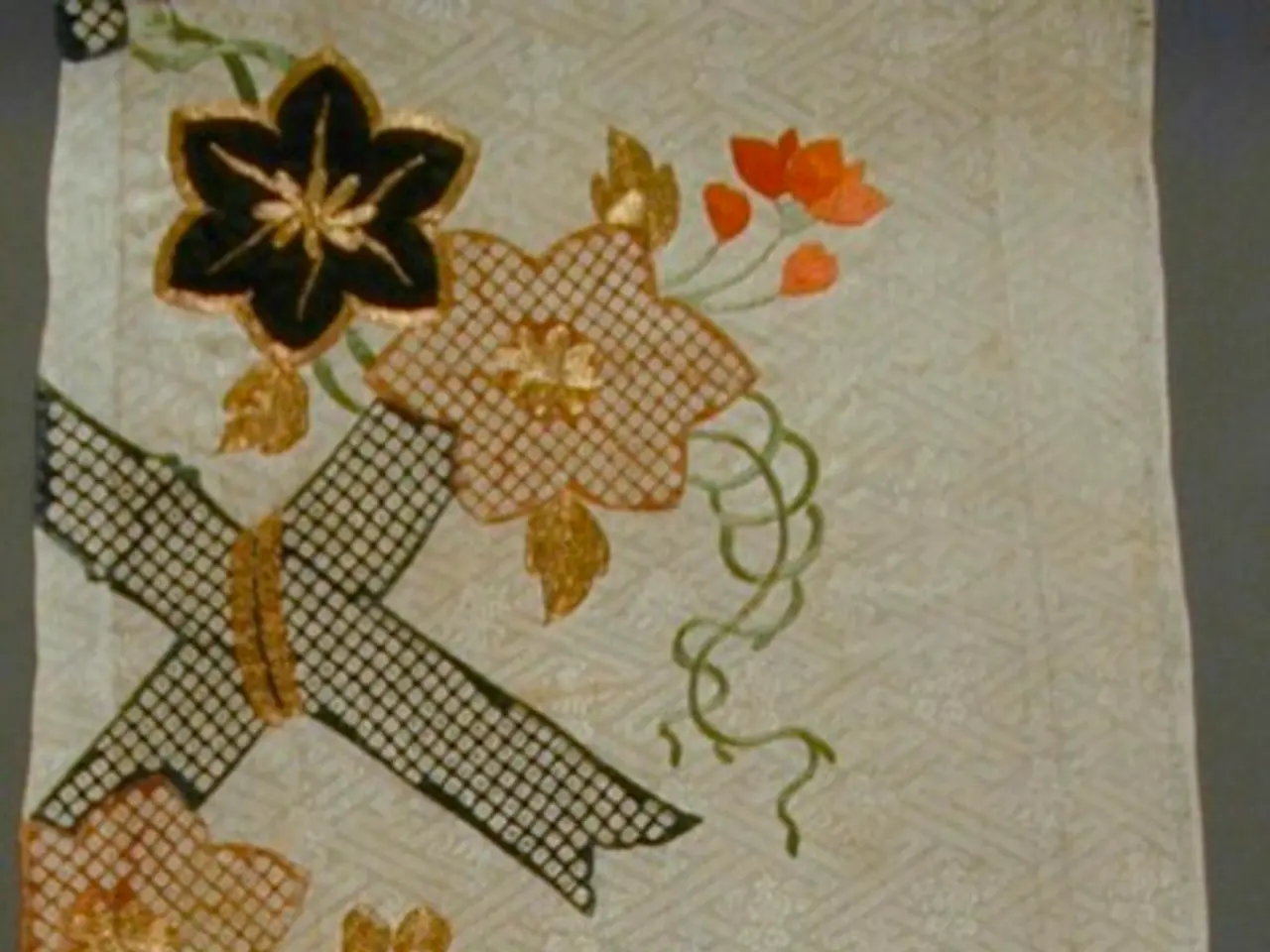Choosing Materials for Athletic Gear to Boost Physical Activity Efficiency
In the realm of athletic wear, the choice of fabric plays a crucial role in enhancing comfort, performance, and durability. The best athletic wear fabrics combine flexibility, breathability, moisture-wicking, durability, and style.
Nylon, polyester, and modal blends are often favored due to their superior performance properties.
Nylon is a premium choice for athletic wear, offering excellent stretch, flexibility, and durability. It is soft, breathable, and has strong moisture-wicking properties, pulling sweat away from the skin and drying quickly. Nylon is also abrasion-resistant, making it suitable for high-intensity activities like gym workouts and running.
Polyester, known for its durability and moisture-wicking, dries quickly and doesn’t retain wetness, helping keep the skin dry and comfortable during exercise. While it is slightly less soft and stretchy than nylon, it remains a staple for activewear due to its strength and performance.
Modal offers excellent moisture-wicking and is very stretchy, allowing for a comfortable, custom fit that retains shape well. Modal drapes nicely on the body and is durable, resisting pilling and fading even after numerous washes. However, trace chemicals from processing could trigger allergic reactions for sensitive individuals.
Spandex (Elastane) Blends add essential stretch and recovery to support flexibility and a snug fit. Such blends enhance comfort and freedom of movement critical for athletic performance.
Some manufacturers produce engineered sports fabrics designed specifically to optimize stretchability, breathability, moisture control, and durability. These high-performance fabrics are favored in professional athletic apparel for their tailored performance attributes.
When selecting fabrics for optimal performance, prioritise moisture-wicking ability to keep the skin dry and reduce discomfort from sweat. Choose fabrics with stretch and recovery to allow ease of movement and maintain garment shape. Opt for breathable and lightweight fabrics to help regulate body temperature during workouts. Consider durability for longevity, especially for frequent use and rigorous activities. Incorporate style and fit preferences, selecting fabrics that drape well or offer a sleek fit depending on your activity and look.
For sensitive skin, test garments to avoid allergic reactions, particularly with modal fabrics. Choosing fabrics with OEKO-TEX(tm) STANDARD 100 and bluesign(tm) certifications ensures they are free from harmful substances. Selecting fabrics that are soft to the touch, with minimal seams and stitching, is important for an irritation-free experience during workouts.
In addition to these fabrics, other options like spandex, synthetic polyester, and merino wool offer stretch in athletic wear. Synthetic moisture-wicking fabrics can be formulated with various fiber types, weights, and stretch factors to meet specific performance requirements.
Breathable fabrics help keep athletes comfortable and cool by allowing sweat to evaporate faster, preventing chafing and discomfort. Fabric choice is crucial in athletic wear, influencing breathability, moisture-wicking, durability, and flexibility.
By balancing these factors and selecting fabrics like nylon-spandex blends for flexibility and durability, polyester for moisture-wicking and strength, and modal for comfort and stretch, athletes can achieve optimal performance and comfort in their activewear.
Nylon-spandex blends, favored for their balance of flexibility and durability, are also suitable for the lifestyle segments of fashion-and-beauty and home-and-garden, due to their versatile properties that extend beyond athletic wear.
Polyester, appreciated for its moisture-wicking abilities, can also extend its presence in technology, ensuring equipment remains dry and functioning optimally, especially in digital devices or electrical appliances.








